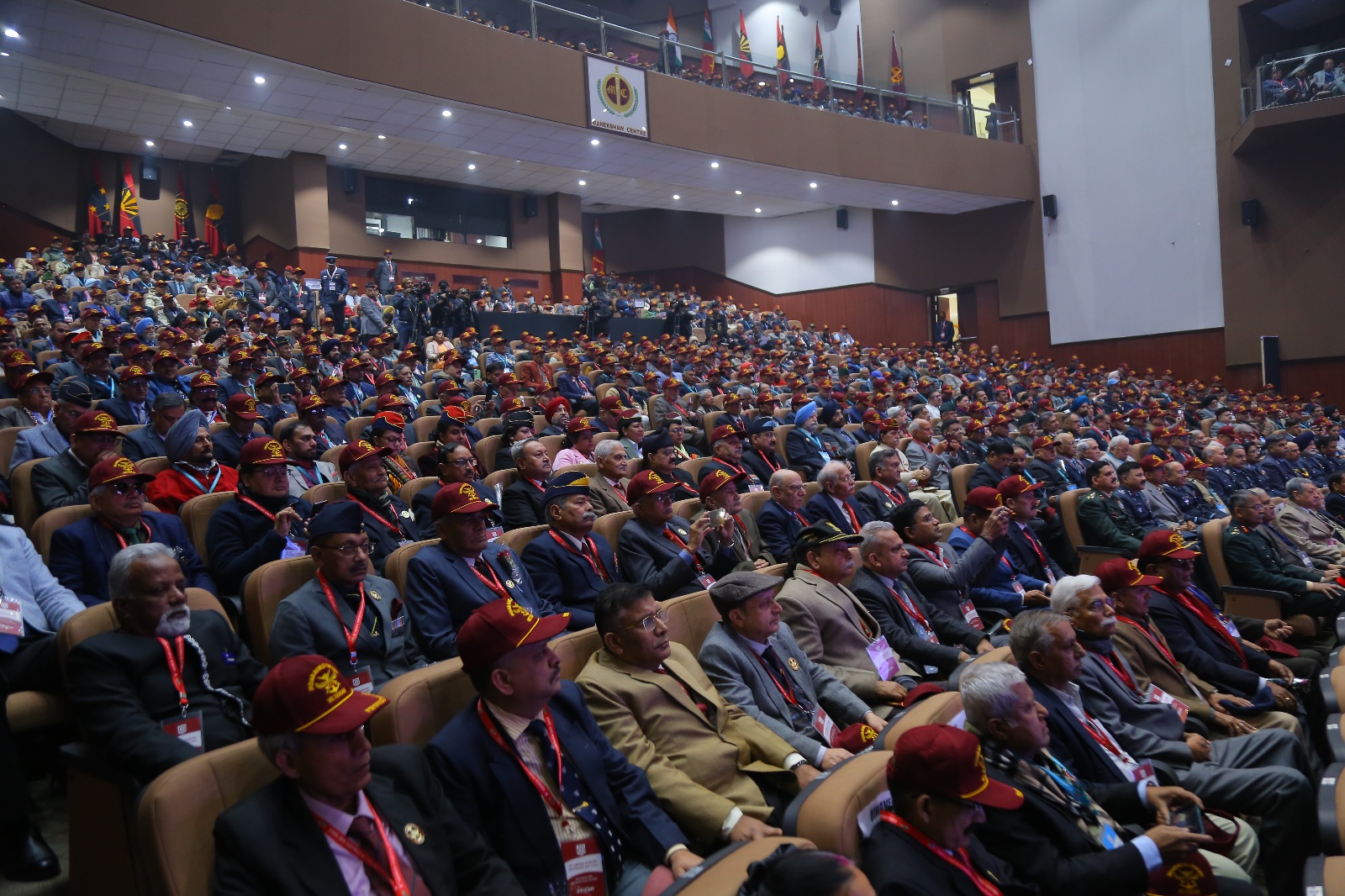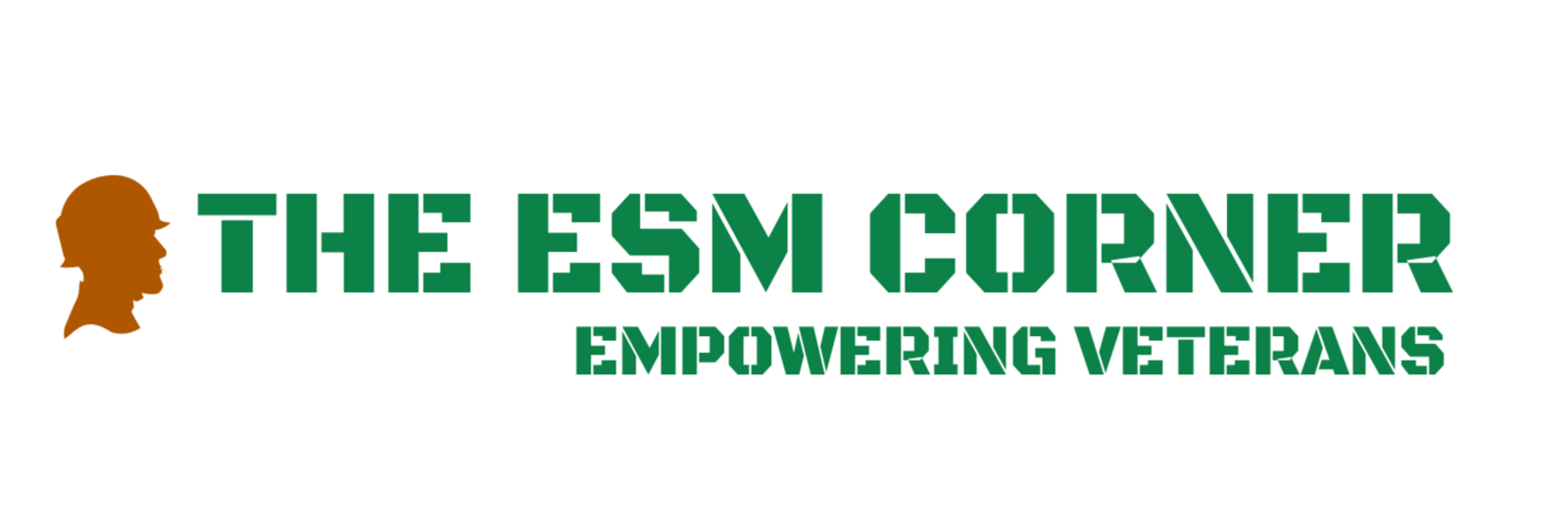
REVIEW AND REVISE (02 MONTHS TO DAY 0)

As retirement approaches, especially with just 2 months left, it’s crucial to review your plans, make necessary changes, and finalize them. Start by examining your finances – how you spend, any debts you have, and your post-retirement financial goals. Clearing debts is advisable. Consider where you want to settle after retirement. The goal is to ensure a smooth transition for the significant change coming soon.
1. Update Service and Pension Documents:
Before bidding farewell to work, ensure all your service and pension documents are updated and complete. Double-check the accuracy of your service record, casualties, or Part II orders to ensure they match your actual service data. This step is crucial to ensure a smooth retirement process.
2. Review Pending Claims:
Take a moment to review any pending claims, such as Leave Encashment, HRA, TPTL, CEA, Luggage Claim, Transfer Grant, etc. Ensuring all your claims are settled ensures you receive all the benefits and money owed to you, making your departure from the organization smoother. If any claims are still pending, this is your last opportunity to address them.
3. Verify PDV on SPARSH Portal:
When you are about a month or 45 days away from retiring, you will receive an important message on your phone with a username and ID. This will allow you to log in to a website called the SPARSH Portal (stands for System for Pension Administration (RAKSHA). Once you are logged in, you should change your password for security and then check all your information for Pensioners Data Verification (PDV) to make sure it is correct. This is really important so that your pension information is handled correctly, also as soon as you verify it, your PPO will be generated.
(Pensioners data verification (PDV) is a process of verifying your pension claim details on the SPARSH portal before the issuance of your pension payment order (PPO). You can do it by logging in to the portal with the username and password that you receive on your registered mobile number and email id. You can check your personal details, service details, pay details, family details, and bank details.
If you find any discrepancy, you can mark it and upload the supporting documents for approval by the record office. You can also update your Aadhaar number, mobile number, and PAN number on the portal. You have 5 days to complete the PDV process after receiving the login credentials, or else it gets submitted automatically).
Click here to know more About SPARSH.
4. Amendments or Queries:
It’s vital to ensure your information is accurate and up-to-date for correct pension details. If you have any changes to make or queries regarding your Pensioners Data Verification (PDV), visit the SPARSH Portal. If you spot any mistakes, you can raise a query within the portal for resolution.
5. Await PPO Generation:
Once your Pensioners Data Verification (PDV) is confirmed, expect the issuance of your Permanent Pension Order (PPO) within the next 24 hours to 5 days. The PPO is a crucial document outlining your pension benefits. Have a Careful review of your PPO to verify your entitlement and other particulars, like Family details Address etc.
6. Get the SPARSH Mobile App:
Maximize the use of technology for swift access to your pension details. Download the SPARSH mobile app to stay connected and receive updates effortlessly. Click here to down SPARSH mobile app (SPARSH – Apps on Google Play)
7. Destruction of Canteen Cards :
As retirement approaches, make sure to apply for new ESM Canteen cards to maintain access to CSD facilities. The old cards will be destroyed, and you’ll be provided with a destruction certificate. If you’ve already applied for new cards, collect your new cards from your parent units or station headquarters. For those who haven’t applied yet, secure the destruction certificate, as it’s a crucial requirement when applying for new cards.
8. Filing of Appeal against RMB if in LMC:
If you are in LMC (Low Medical Category) and your disability percentage is low or your case has been categorized as Not Attributable or Not Aggravated (NANA), it is necessary to initiate an appeal. Detailed instructions for the appeal process are provided by the respective Depot regiment. Please ensure that you submit the first appeal well in time from Depot Regiments.
1. Learn About Services for Veterans:
Dedicate some time to explore the range of services available for veterans. These resources are designed to assist with Welfare Initiatives and Government Schemes for Ex-Servicemen (ESMs) like, job placement, health services and educational scholarships. Familiarizing yourself with these services can significantly ease your transition into post-retirement life. Now is the moment to acquaint yourself with your entitlements and benefits.
Discover the various government organizations and their online platforms that offer support, such as the Zila Sainik Board (ZSB), Kendriya Sainik Board (KSB), Directorate General Resettlement (DGR), Department of Ex-Servicemen Welfare (DESW), Army Welfare Placement Organisation (AWPO), Army Welfare Housing Organisation (AWHO), Army Welfare Education Society (AWES), among others. You can find all important links to these websites in the footer section of this website.

2. Explore Support in Your Community:
Explore the local communities designed to support veterans in your area. It’s common to find veterans’ groups and organizations in each district that provide specialized assistance and resources. Becoming a member of these networks can offer a sense of community and a supportive environment during your transition. Engage with veterans’ organizations and communities at both local and national levels for diverse forms of aid. For additional support, consider joining our community at THE ESM CORNER by clicking here.
3. Take Part in Military Transition Programs, Workshops and Seminars:
Join programs designed to assist your transition from military to civilian life. These initiatives, often conducted by various Depot Regiments of the Indian Army, aim to equip veterans like you with essential knowledge. Participate in talks, seminars, and workshops organized by these regiments to gain valuable insights into services, financial benefits, and networking opportunities. These events feature experts from diverse fields, including banks, motivational speakers, religious institutes, financial advisors, job recruiters, and representatives from various organizations, providing a platform to share knowledge and mutual support. It’s a platform to exchange wisdom and support each other.
In addition to the efforts of Depot Regiments, veterans are encouraged to participate in larger workshops and talks specifically designed for transitioning from the army to civilian jobs. These sessions provide practical guidance on job searching, creating effective resumes, and adapting to work outside the military. Active engagement in these programs not only prepares veterans for new employment but also connects them with a supportive community to navigate life after the army. Involvement in these platforms ensures that veterans have the necessary skills for a smooth transition to the next phase of their lives with confidence and readiness.
1. Review and finalize Your Pre-Retirement Financial Plan:
Your pre-retirement financial plan must cover all aspects and align with your post-retirement objectives. Your anticipated pension benefit must be invested into various schemes to have a diversified portfolio.

2. Ready to Put Your Plan in Action:
After creating your financial plan, get ready to implement it. Begin taking concrete steps to put the plan into action as you approach your retirement. Establish a timeline for each phase to ensure smooth execution.
3. Match Your Investments with Your Goals:
Make sure your investments match your retirement plans. Think about how much risk you’re okay with and how long you plan to keep your investments. Change things up if you need to. Choosing investments that fit your long-term money goals helps you stay financially stable for the future.
4. Create a Practical Budget for Life After Retirement:
Create a sensible budget that can endure throughout your retirement. Consider all aspects of your life, including regular expenses, healthcare, and leisure activities. A well-planned budget provides a clear understanding of what you can afford and helps you manage your money wisely.
5. Regularly Review and Adjust:
Commit to regularly reviewing your financial plan and budget. Life is dynamic, the market fluctuates, and your goals may evolve. Actively assess and adjust your plan to ensure it continues to suit your needs effectively throughout retirement.
By putting your financial plan into action, aligning investments with goals, creating a sensible budget, and regularly checking in, you’re setting the stage for a secure and happy retirement. Keep an eye on your finances to adjust to changes and enjoy a worry-free retirement.
1. Track Your Spending:
Always monitor your expenditures during/post-retirement. Regularly review your bank statements, receipts, and financial records to gain insight into your spending patterns. This vigilance is key to managing your budget and understanding your expenses.
2. Evaluate Your Budget Periodically:
Set aside time to periodically reassess your budget to ensure it synchronizes with your financial status. Whether monthly or quarterly, these evaluations can reveal shifts in your spending behaviour and allow for timely adjustments.
3. Adapt to Real-Life Financial Flows:
Stay adaptable and adjust your budget in response to the actual costs encountered in retirement. If some expenses deviate from your initial estimates, revise your budget accordingly. This flexibility ensures that your budget remains in sync with the realities of retired life.
4. Incorporate Lifestyle Adjustments:
Acknowledge that lifestyle transitions can impact your financial plan. As you settle into retirement, your priorities and leisure activities may evolve. Consider these lifestyle adjustments when budgeting for new interests, travel, or health-related necessities.
5. Engage in Active Financial Management:
Take charge of your financial condition by consistently evaluating and refining your budget. Seek guidance from financial advisors if required. Financial management helps you to navigate any challenges and maintain financial security in retirement.
Remember, managing your budget in retirement is an ongoing thing that needs flexibility and a good understanding of your financial situation. By keeping an eye on your actual expenses, reviewing your budget regularly, and adjusting based on your experiences in retirement, you’re setting yourself up for a retirement that’s financially stable and enjoyable.

1. Actively Pursue a Second Career or Hobbies:
Take active steps to explore new opportunities or enjoyable hobbies during your post-retirement phase. This might involve pursuing a passion project, starting a small business, or trying out a different profession. Consider what you really want—whether it’s rejoining the forces, aiming for government jobs, entering the corporate world, or starting a business. Post-retirement is a chance to add vibrant colours to your life by following your interests and aspirations.
“Ready to boost your career? Need a great resume and interview plan? Click here now to get started!”
2. Identify and Leverage Your Skills:
Recognize the skills you’ve gained in your career and put them to use in your second career or hobbies. These skills, developed through years of experience, can be valuable assets in new projects. Take note of these skills and apply them for a smooth transition. For example, if you have technical expertise with a specific diploma, design your job search accordingly. Whether you are a driver, draftsman, surveyor, mason, communication and instruments repairer, or possess other specialized skills Like any two-year diploma in any field or interpreter Diploma, many companies offer jobs that match your expertise. Exploring opportunities aligned with your skills ensures a meaningful and fulfilling second career.
3. Utilize Networking Connections:
Stay in touch with the professional network you’ve built during your pre-retirement planning. Use these connections for job opportunities, potential collaborations, or insights into second career paths. Networking remains a powerful tool for accessing opportunities and staying updated on industry trends. Whether through online platforms or in-person events, staying connected with your professional circle enhances your chances of discovering valuable prospects and navigating your second career journey successfully.
4. Explore Collaborations:
Think about teaming up with others as you explore your second career. Collaborations bring together different skills and viewpoints, enhancing the overall success of your endeavours. Seek partnerships with individuals or businesses that share similar interests. For instance, if you have a background in cooking or a strong interest in the restaurant business, connecting with like-minded people in your organization or industry can result in meaningful collaborations. By combining resources and expertise, collaborative ventures can amplify the impact of your second career, making it a mutually beneficial and rewarding experience.
Embrace the pursuit of a fulfilling second career by tapping into your skills, maximizing your networking connections, seeking collaborations, and maintaining an active presence in your professional network. This approach can lead to a seamless transition into a satisfying new career or hobbies that enrich your retirement. By doing so, you’ll make the most of your abilities and experiences, paving the way for continued personal growth and enjoyment.





